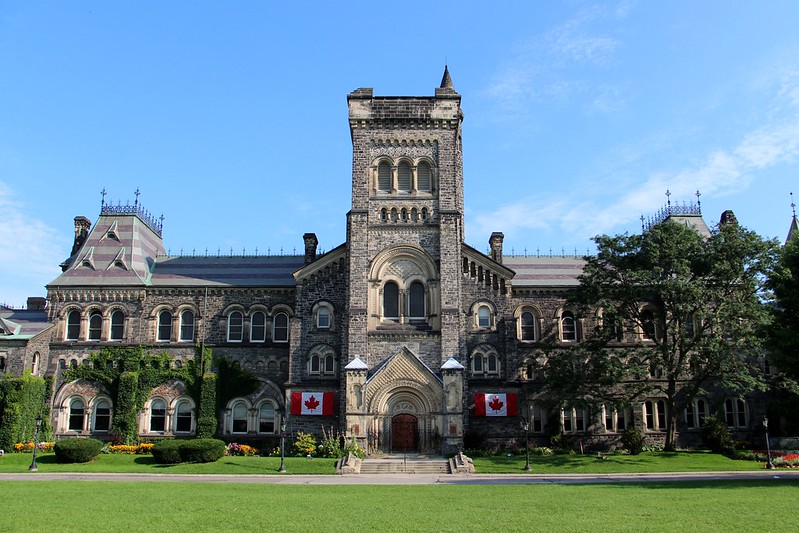Wilfred Gordon Bigelow, OC, surgeon (born 18 June 1913 in Brandon, MB; died 27 March 2005 in Toronto, ON). Dr. Bigelow's special contribution to surgery of the heart was the use of hypothermia to slow tissue metabolism and protect the heart and brain from damage (see Cold Weather Injuries). His research on hypothermia also led to him to co-develop the portable artificial external cardiac pacemaker in 1950. This medical innovation contributed to the development of implantable cardiac pacemakers.

Education and Early Career
Bigelow acquired his MD from the University of Toronto’s Medical School in 1938. He was a surgical resident at Toronto General Hospital from 1938 to 1941 and captain in the Royal Canadian Medical Corps during the Second World War. Bigelow’s residency and military service inspired his research on hypothermia and whether it could be used before an operation to reduce oxygen and slow circulation in the body (see Cold Weather Injuries). Bigelow and his colleague, Dr. John Carter Callaghan, undertook research on hypothermia at the University of Toronto’s Banting Institute. They presented their research on hypothermia at a meeting of the American Surgical Association in 1950, which contributed to future investigations on the use of hypothermia in surgery.
Did you know?
The first open heart surgery using hypothermia was performed by the American surgeon Dr. John Lewis in 1952.
Cardiac Pacemaker
At the University of Toronto, the hypothermia research program led to another equally important breakthrough for cardiac surgery — the development of the portable artificial external cardiac pacemaker. In 1949, during experimental surgery performed on a dog, Bigelow realized that a stopped heart could contract when stimulated by an electrical probe. Bigelow and Callaghan sought the help of Dr. John A. Hopps of the National Research Council of Canada to develop a device that could stimulate the heart. In 1950, Bigelow and Callaghan successfully tested Hopps’ device on a dog. That same year, their findings were presented to the American College of Surgeons.
Publication
In the book Cold Hearts: The Story of Hypothermia and the Pacemaker in Heart Surgery (1984), Bigelow provides an account of these studies as well as the story of his own development as a surgeon-scientist. The book is a significant contribution to the history of cardiac surgery. In 1986 Bigelow was awarded the Jason A. Hannah Medal of the Royal Society of Canada for the publication.
Legacy
After retirement Bigelow was professor emeritus of surgery at the University of Toronto. For his work he was made an Officer of the Order of Canada in 1981. He was inducted into the Canadian Medical Hall of Fame in 1997. His research on hypothermia and work co-developing the cardiac pacemaker helped advance open-heart surgery and the development of implantable cardiac pacemakers.
Honours and Awards
- Canada Gairdner International Award, Canada Gairdner Awards (1959)
- Officer, Order of Canada (1981)
- F.N.G. Starr Medal, Canadian Medical Association (1992)

 Share on Facebook
Share on Facebook Share on X
Share on X Share by Email
Share by Email Share on Google Classroom
Share on Google Classroom







